Chosen for Dakar due to its Evident Reliability
Already 7 consecutive victories since 2005 in the commercially available vehicle division
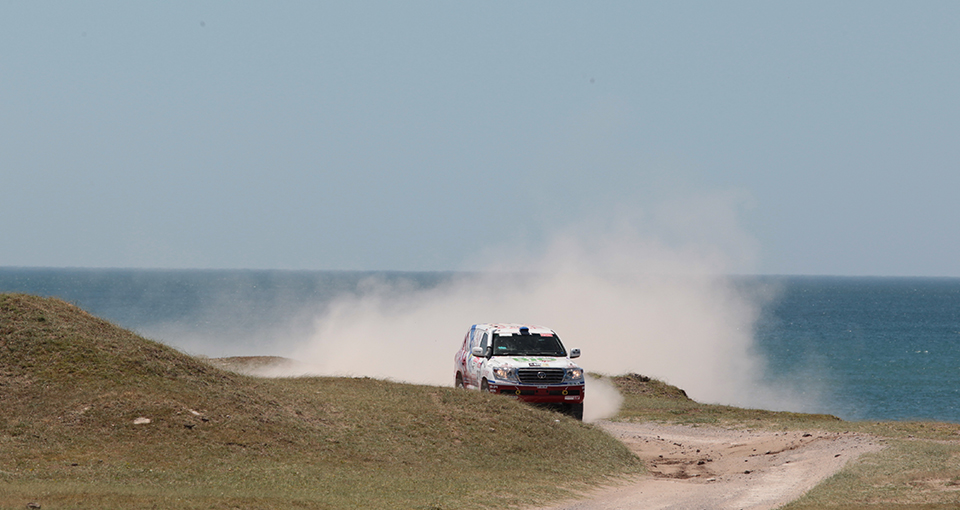
Ever since the inception of the Paris-Dakar Rally in 1979, Toyota Land Cruiser and other Toyota vehicles have demonstrated 7 consecutive victories in the Production Class, in which only non- modified commercial vehicles can compete. The enduring fundamental performance was demonstrated through high durability and drivability results.
About 25 % of the vehicles participating in the Super Production Class are Toyota's
Thanks to this excellent basic performance many Toyota automobiles have been selected as the Super Production Group (converted commercial vehicles and racing vehicles group) base vehicles. 46 Toyota vehicles participated in the 2012 event, comprising roughly a fourth of the 161 Auto (4-wheeled Vehicles) Category entrants.
Overwhelming endurance performance produced focusing on special skills
The reason, why so many Toyota vehicles are selected by Dakar Rally participants lies in Toyota's exact and unique approach and commitment to automobile production. Toyota maintains strict evaluation through various experimental developments in compliance with the highest standards, set to provide full use of advanced technology. This high level in production is a basic aim, emerging from Toyota's daily efforts to provide confidence to all customers. This approach, guaranteeing the most basic performance in any condition, is recognized by a lot of teams and participants in the most extreme motor sports events around the world.
Racing through severe heat and the most parched deserts on earth
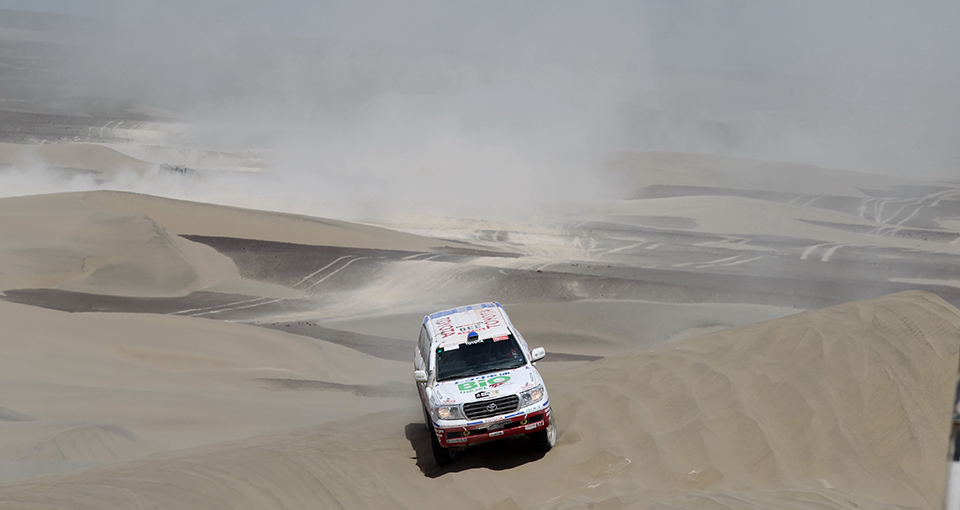
Participants in the Dakar Rally, held in South America, must race though severe heat and the most parched deserts on Earth. Toyota's vehicles display high durability even in such an extreme environment.
Toyota runs repeated tests that replicate temperatures and sunlight exposure conditions throughout the world to facilitate continual safe and pleasant racing through even the scorching heat of the desert. Toyota of course conducts test runs in extreme environments and performs exhaustive checks of everything through changes to components and materials.
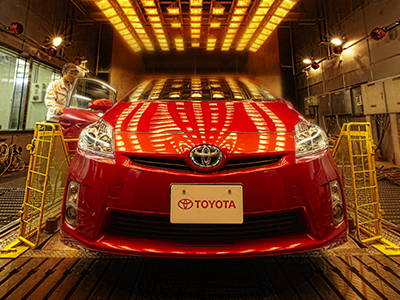
High Temperature Durability Test
Ascending and descending sudden inclines and rapid runs through extreme conditions
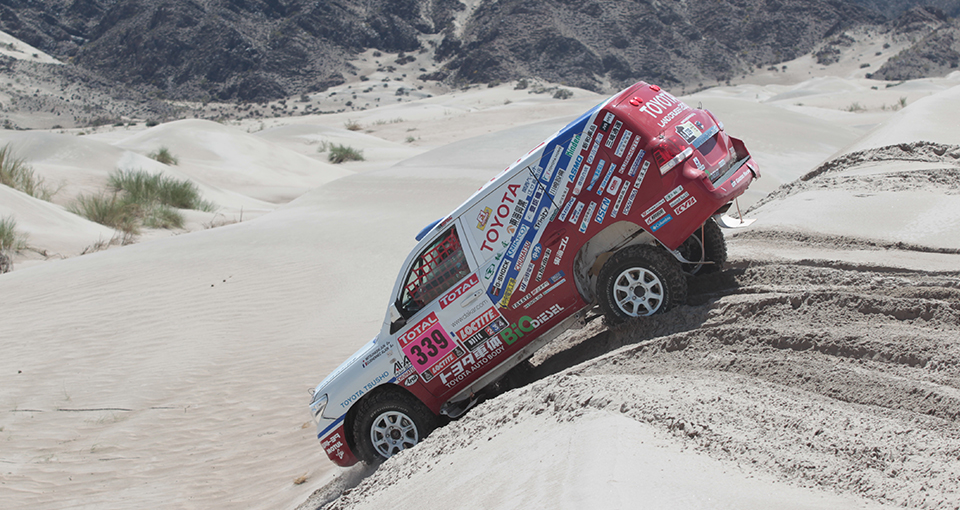
The Dakar Rally involves desert, off-road, and various other road conditions and repeated extreme racing up and down sudden inclines and the like. Toyota's vehicles exhibit high robustness even during such extreme racing.
The Toyota vehicles, that are driven worldwide, must be able to withstand all the varied road conditions found throughout the world. Toyota recreates the road conditions, it has surveyed throughout the various regions of the world on test courses. Technicians drive tens of thousands of kilometers through these recreated conditions and then perform highly detailed durability and safety checks. After that improvements are added to enable the vehicles to withstand severe racing conditions throughout the world.
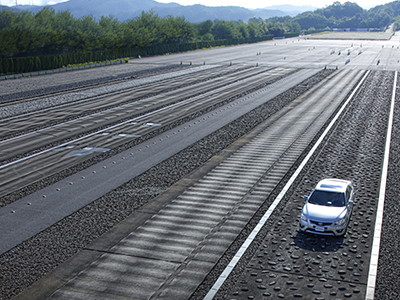
Rough Road Durability Test
Flooded road racing made possible by myriad supports
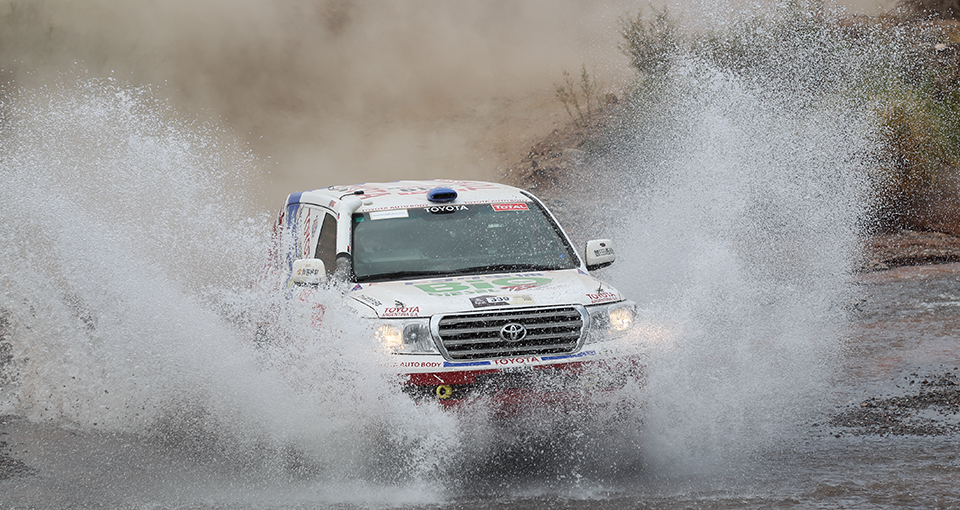
Completing the Dakar Rally sometimes requires crossing small water streams, and depending on the conditions, their water volumes can be differing. Even at such times the high level of basic performance of Toyota vehicles proves itself reliable.
Toyota designs its vehicles to possibly even race through roadways that have become submerged due to heavy rain. Repeated test runs on submerged roads are conducted at various speeds and water depths in order to verify the durability of the vehicles under myriad conditions.
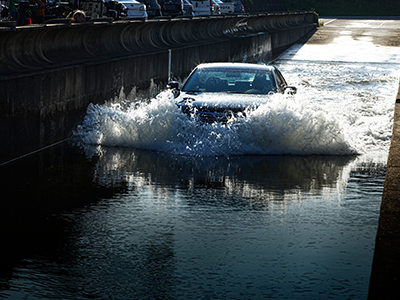
Flooded Road Driving Test
Struggling with sudden temperature fluctuations and unpredictable climates
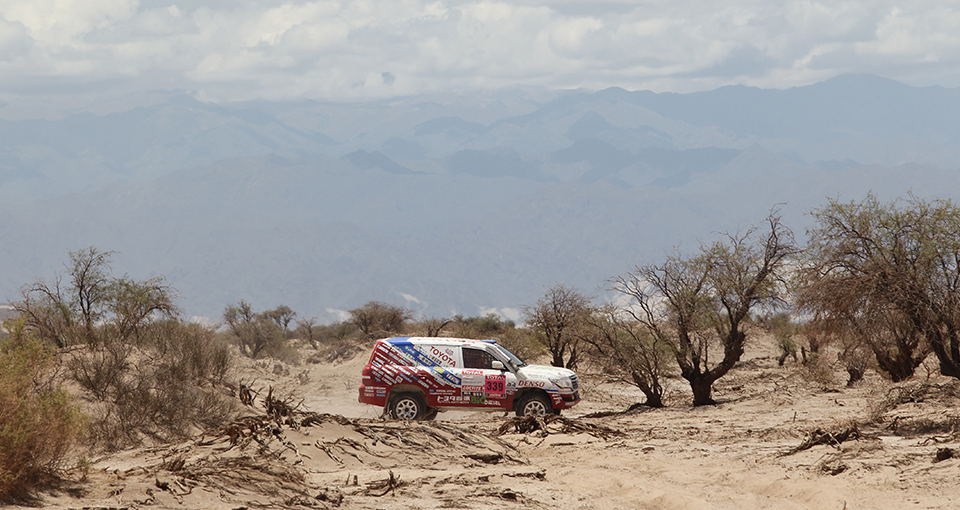
The climate during the Dakar Rally does not result in freezing conditions, but the race sometimes involves passage through altitudes of up to the 3000 meter level, for example when crossing the Andes Mountains. Toyota's technology was created with such extremely rapid temperature changes in mind.
Toyota re-creates extreme conditions for their tests, such as a violent blizzards and freezing temperatures, making it possible to drive with peace of mind even in the coldest regions on earth. Technicians visually and manually conduct repeated durability and safety checks.
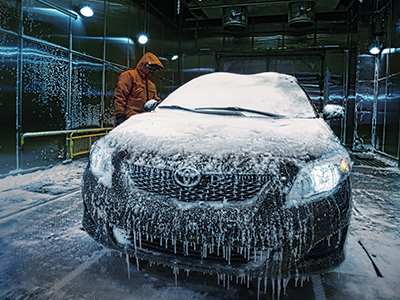
Low Temperature Durability Test




